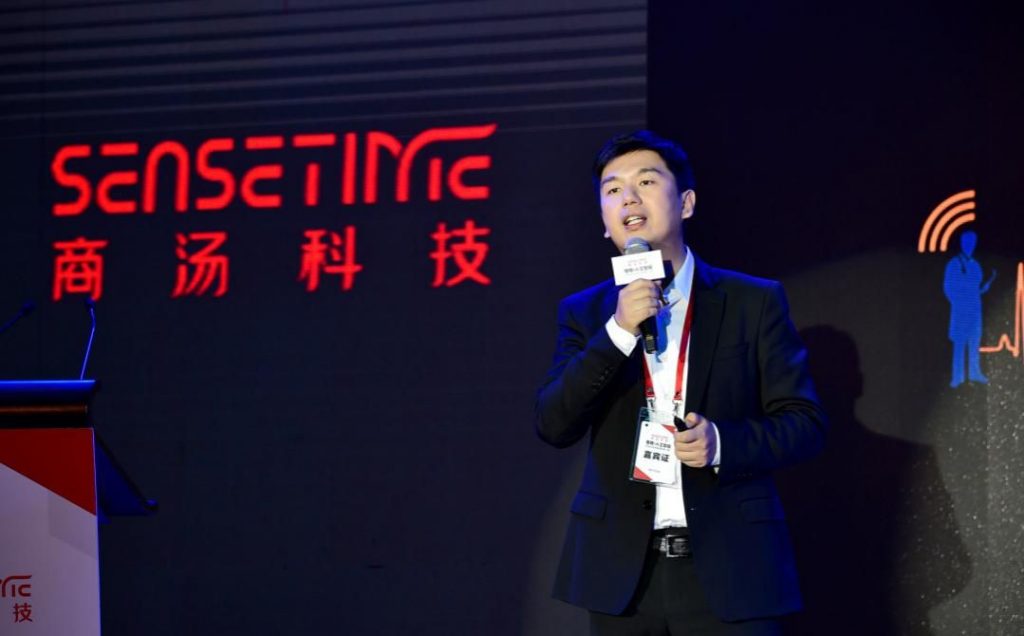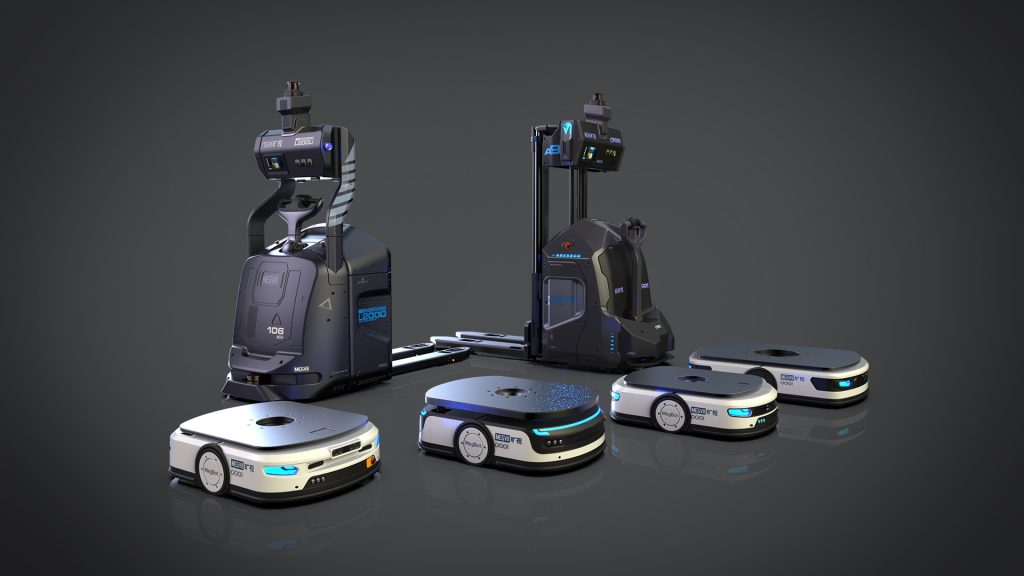Much ink and many pixels have been devoted to charting the Chinese central government’s goals for artificial intelligence (AI) development. This is all rooted in a plan issued by the State Council in 2017 that mapped out clear objectives: to keep pace with leading global AI developments in 2020, make breakthroughs that place China at the cutting edge of AI research by 2025, and then become a source of major AI innovations by 2030. These five-year steps form the most ambitious explicitly stated roadmap among technologically advanced nations, each racing to build faster, more efficient AI-empowered products and platforms.
With governmental support in the form of lucrative contracts, Chinese AI enterprises are already past the plan’s first milestone. By all accounts, things seem on track. AI development is not so much a trend as it is a necessity for any serious technological development to take root across sectors—from the basics of optimizing logistics to loftier horizons like automating navigation for cosmic-distance space exploration.
But therein lies a trap—“AI” is too broad an umbrella, too easy a buzzword to toss around and make any startup appear to be a pioneer. Every day, there are applications going live where “AI” is meant to be the secret sauce behind everything between playlist recommendations and genomic mapping. If some technopreneurs and their investors are to be believed, this is meant to make their startups leaders in their fields.

Barometers of Chinese AI
Firms like SenseTime and Megvii are more reasonable gauges of AI development in China. These two companies are the gold standard. Up until 2020, SenseTime has raised USD 2.6 billion from investors, plus a pre-IPO raise this month to take its valuation to around USD 12 billion, making Megvii’s USD 1.4 billion total raise seem modest in comparison. Both firms have products that mesh computer vision, facial recognition, image recognition, and machine learning with a slew of hardware, deployed in many settings.
Having multitudinous product lines may seem like the ideal state for any business. SenseTime has collaborated with more than 1,100 enterprises and organizations around the world, including government entities. In 2019, SenseTime’s revenue hit RMB 5.06 billion, or just under USD 783 million. Its controversial smart city business alone raked in RMB 1.66 billion, or more than USD 257 million.
On the other hand, Megvii had 339 clients as of June 2019 for its smart city AI and IoT solutions, which were used in 112 cities. These products were developed by pouring larger and larger piles of cash into its labs and studios—RMB 78.2 million in 2016, RMB 204 million in 2017, and then nearly triple that to RMB 600 million in 2018.
The race to secure clients in every field possible involves installing a network of hardware to log and process a constant stream of visual data collected in many environments. There is a ceiling for each product line—a limited number of airport check-in counters and street corners, or stretched school budgets that need to address more immediate needs in the classroom.
The minds behind these AI forerunners realize software that thinks needs to be deployed in many ways for the companies to survive. Xu Li, one of the co-founders of SenseTime, said last year that the AI industry needs to include “a forest, some clouds, and all kinds of creatures.” Like many techies, Xu was taking a page from Arthur Tansley, who coined the term “ecosystem” in 1935 after seeing a systemized description in natural physical environments. A contemporary version of that outlook could place AI under the hood of systems we will interact with constantly.
That transition is taking place within SenseTime’s culture. Tang Xiaoou, the company’s other co-founder, is already pursuing the concept of AI+, referring to frictionless interactions between humans, hardware, and the cloud. That means an immutable sureness that systems work as intended—walk toward a door and a camera scans your face, recognizes you, and lets you pass through if you’re already in the system; or visit a clinic, and your medical records will be ready for your physician without prompting, perhaps with scans of your body temperature and other physical attributes already completed before the consultation begins.

Increasingly diverse use cases
A few years ago, all of that was the stuff of science fiction, but perhaps it will soon become mundane technical reality. The next step? SenseTime is looking to build new biometric platforms for education contexts—where the next generation of AI experts are nurtured. Megvii, on the other hand, has designs to become “the hardest AI company” operating in logistics—think of fleets of robots carrying and moving packages in lights-out warehouses.
The founders, engineers, and every staff member of SenseTime and Megvii—as well as any major AI company—are working in uncharted territory to create platforms and products that investors and a spattering of clients believe holds incredible value.
These pieces of software and hardware are breathtaking, intriguing, even terrifying proofs of concept. Some are even overengineered and, perhaps, solve no real problem. Yet it is an astounding feat to blend ideas, labor, and sheer willpower to make things greater than the understanding of any single person. The question is whether this is sustainable without relying on government contracts.
Megvii’s R&D expenditure has ballooned in recent years, growing nearly eight times from 2016 to 2018, and accounting for nearly 50% of the total expenses by the end of 2019. With such capital intensive R&D activities, profitability becomes an even more difficult challenge.
But in the near future, companies like SenseTime and Megvii are honing their industrial AI systems, which are modular and applicable to a wide range of scenarios that align with the central’s government directive of a fundamental industrial upgrade.
COVID-19 exposed some sectors in China’s economy as laggards in digitization and data-driven optimization, and industrial AI is set to play an important role in more sophisticated supply chains and refined operations in areas like logistics, real estate, healthcare, urban management, and even entertainment.
With assistance by Tinghe Cao of 36Kr Global Academy.

